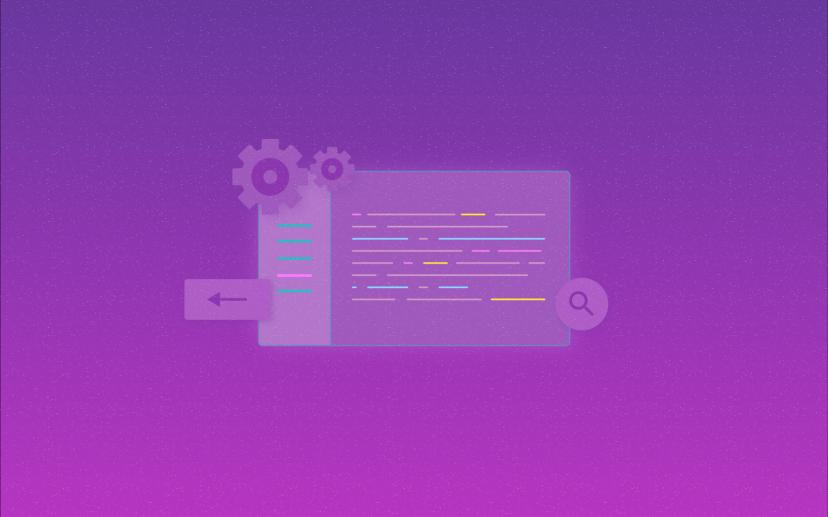
Communication in business - what do we value in a Software House?
Good communication is the foundation of a well-run project. Efficient exchange of information translates into saving time, money, and nerves. Why is it essential for it to be a seamless process between your company and the IT agency? We will answer this question in the article below.
Why is communication relevant?
The answer to this question may seem trivial. However, it is also the key to understanding the whole mechanism of effective communication. Figuring out an optimal and smooth cross-business conversation is vital for several reasons:
- It saves you money. It doesn't matter whether your contract with the IT agency is based on the Time and Material or Fixed Price model. Clear communication saves a lot of money. Efficiently defined goals and regular information about the progress of work result in a swift creation of the target product - or at least the MVP (Minimum Viable Product) version. This leads to colossal savings on potential fixes, patches, or adding unexpected features to the application.
- It is also a time saver... and thus leads to generating more revenue from the application. It is vital for the project's performance to incorporate necessary changes quickly. It can be achieved only by providing your specialists with a seamless communication channel. This leads to a faster release of the target product. Ultimately, it will start generating the intended revenues.
- The solution can be improved based on the real end-users' experience. Earlier release of the application enables testing its functionality with the actual users. As a result, the developers can make changes based on real-world input. The feedback from the target audience of the designed application is an extremely important part of the development process.
Do you value effective communication in business? So do we - which is why we encourage you to take a look at what we have to offer when working with companies:
The stages of the communication process with IT agencies
Years of experience through business partnerships have allowed us to make certain assumptions in terms of creating channels of communication between parties. This ensures the efficient implementation of project objectives and, as a result, the publication of products that support the activities of our clients' companies. How do we approach this? Below are some examples:
- The first meeting, aka Product Design Workshop. A well-executed Product Design Workshop (which we mention in this article) eventually leads to the collation of the most important ideas and concepts behind the project. This is the stage where the client presents their idea and assumptions to improve their business. However, we do not remain passive! This meeting is also intended to inform our partner of our working methodology, approach to problem-solving, budgeting, or even alternatives to potentially more difficult aspects of projects. This ensures that both parties keep their hand in the game and begin the work with the same level of necessary knowledge.
- Reporting on work results. Our work cannot go unnoticed. Our partners also want to know what stage the project is at! That is why we make sure to provide our clients with relevant information after the realization of particular milestones. This ensures transparency and allows our partners to observe the progress of work. Moreover, they can regularly raise new comments and suggestions. Thanks to them, the application can fulfill its task even better. For this reason, it is important for the Project Manager to thoroughly document the work progress on the project. This includes the technology implemented, the authorship of the project, or the history of the code edition. Owing to this, no information escapes our attention and any potential changes in the future will run smoothly.
- The app is launched - and then what? Maintaining a smooth line of communication is also important after a successful app release. This is significant in the first months after publication - especially if we are dealing with an MVP. It is vital to observe both end-user feedback and to respond efficiently to the partner's own comments. By doing so, the software can be improved and enhanced with even more intuitive and user-friendly features.
What style of software house communication is best?
The truth is that there is no one universal answer to this question. It is up to both parties to choose the right tools for communication between the two companies. Every enterprise has its own unique culture, which is also reflected in the method of conveying key information. Flexibility in this area cannot be overestimated - and this is something we absolutely abide by.
Do you have an idea of how to improve your business with the application? Write to us - we will be happy to review concepts that will improve your business!
Share this post:

Stay updated with new posts
Get notifications when new articles are posted. You can always unsubscribe from the list.
Softnauts is committed to processing the above information. Read Privacy Policy

